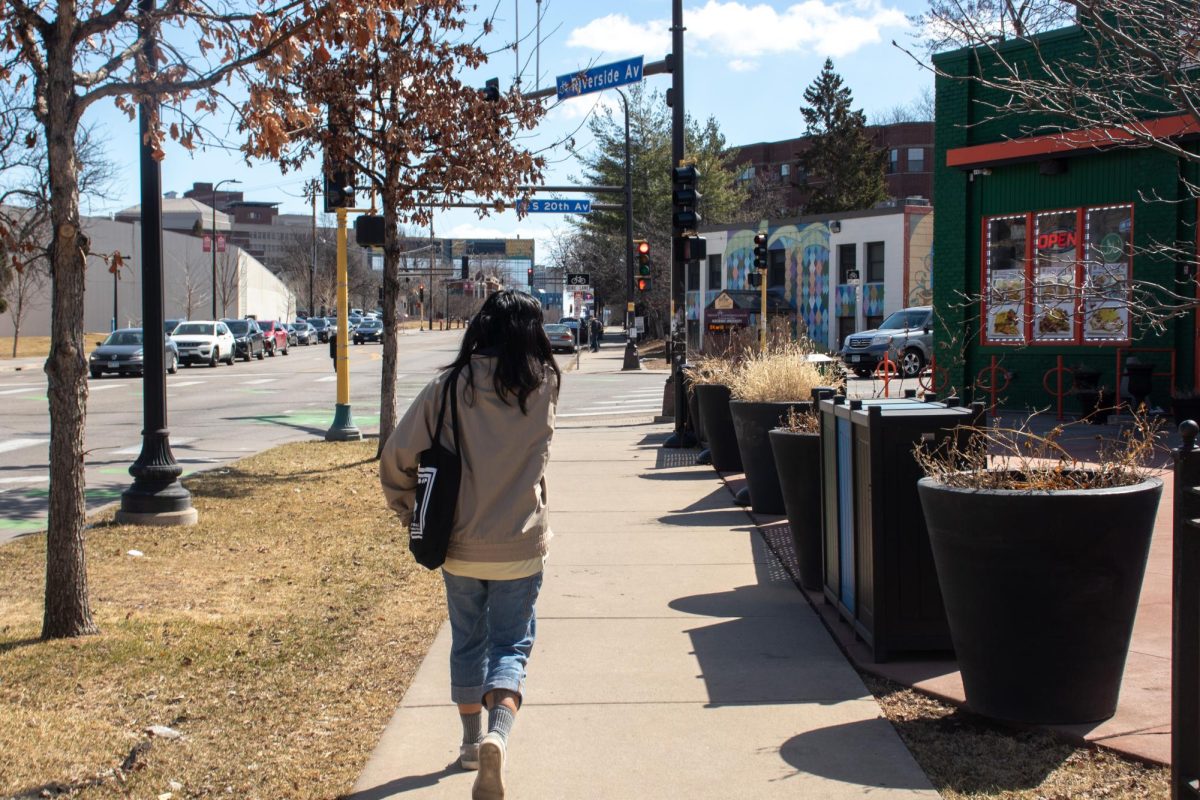Driving on rural roads in the wintertime is dangerous. Just ask Minnesotans, many of whom will be hitting the roads for the holidays.
In 2017, 13,650 car accidents resulted from snowy or icy conditions across the state, according to the 2017 Crash Facts Report released by the state’s Department of Public Safety. Rural roads are particularly hazardous, accounting for 70 percent of total traffic fatalities each year.
In an attempt to combat winter road conditions, the Minnesota Department of Transportation teamed up with the University of Minnesota’s Center for Integrated Natural Resource and Agricultural Management and Extension to expand the living snow fences program. The state-sponsored efforts place natural barriers, created by wildflowers, woody vegetation and plants some 100-200 feet from the side of highways to reduce snow blowing across highways.
MnDOT and the University have been working together since the ‘90s, but the organizations met mid-November to discuss future projects and areas of interest, such as along Highway 14 between Kasson and Byron, parts of I-35 and I-90 near Albert Lea.
The teams pinpointed 3,700 sites statewide in need of added snow protection measures, said Dan Gullickson, MnDOT’s project coordinator for the Expanding Landowner Adoption of Snow Control Measures research project.
Strategies include planting natural shrubs and grasses, as well as working with farmers to leave corn rows standing, to act as a snow and wind barrier between fields and the road, Gullickson said.
These options have proven extremely effective — strips of highway flanked by standing cornrows saw 40 percent reduction in accident injury severity.
However, farmers are often reluctant to give up portions of their farmable land for live snow fences.
“Forming a barrier takes some land out of agricultural productions and can cause inconveniences for their operations,” said Dean Current, program director of the University’s CINRAM.
To combat this issue, MnDOT has a payment program for farmers to receive compensation for the land they’d relinquish with a one-season or a 10 to 15-year payment agreement.
One of the main obstacles for efforts to minimize snow blow is simply communication, Gullickson said.
“I think another barrier … is describing the problem,” Gullickson said. “How can we better articulate the problem that our snowplow operators are experiencing? How can we better articulate that when we have an adjacent landowner who’s not responsible for plowing snow?”
Poncho White, a senior transportation generalist specialist for MnDOT in District 7, said that communication between landowners and MnDOT employees should be a priority going forward.
“The best luck we’ve had is the guy that plow those roads talking to landowners. Down there, everybody knows everybody, so getting out and talking to them one-on-one helps,” White said.
Face-to-face contact helped Brad Kiecker, who owns several acres of land that hug a highway near Fairfax, agree to plant dogwood trees and bushes along the road in the early 2000s.
“It keeps snow off the road, really it’s a safety thing” Kiecker said. “It used to be that snow would drift over hill and land on the highway. It’s a benefit to drivers. Notice that wherever it’s been done, it definitely keeps snow off of highways.”
Between 2015 and 2016, farmer compensation for those participating in the program averaged $4,800.
“Research has shown that [living snow fences] can save thousands of dollars,” Current said. “Snow control barricades can significantly impact and lower costs of maintenance and snow removal.”
There is a human impact as well — in a place where resources are stretched, live snow fences can save the lives of drivers, making rural communities that much more accessible.
“There’s definitely a great need for these rural areas with low traffic to help those folks get to their destinations safely, as well as just improving the mobility of the area,” Gullickson said.







